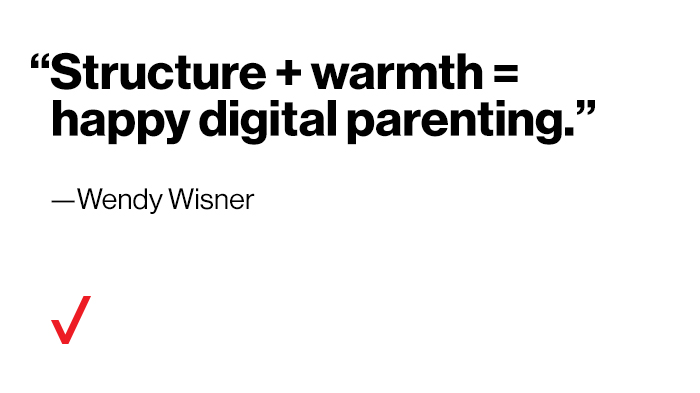Like almost half of all students in the U.S., both of my sons learned online last year. Which meant my husband and I both “did online school,” too. And like most parents, we did not sign up for that! Being continually present as our kids “did school” in our home came with some major parenting challenges. Screen time rules flew out the window. We were constantly trying to balance making sure our kids had the motivation to complete their work with allowing them space to hash it out on their own. It was frustrating and confusing. For all of us.
Our experience was common. Thankfully, some students ended up thriving in this environment. But many parents whose kids learned online reported increased levels of emotional distress, which may have contributed to this phenomenon: students feeling overly criticized by their parents.
Online learning is here to stay. Even if kids return to the classroom this coming school year, there will be times (quarantines, shutdowns) when they’ll need to return to digital learning. And with so many aspects of education now digitized, I think that some amount of online learning will always be a component of students’ education.
Where do parents fit into this picture? How can they figure out the best way to parent their children in this digital world? I connected with Anya Kamenetz, author of The Art of Screen Time: How Your Family Can Balance Digital Media and Real Life, for some much-needed wisdom on this topic.
Your parenting style
The idea of different parenting styles is based on the work of developmental psychologist Diana Baumrind, and Stanford researchers Eleanor Maccoby and John Martin, who defined four different parenting styles: authoritarian, authoritative, permissive and neglectful. The most successful parents know when to change from one parenting style to the other based on the situation, and these parenting styles were defined long before screens came into play. The key to finding the most effective parenting style, whether parenting around screens or not, is how parents employ both structure and warmth, says Kamenetz.
Your digital structure style
Structure is the amount of oversight provided and the number of demands made: Do parents check kids’ assignments online, or trust them to manage it themselves? Do parents expect kids to spend a certain about of time on homework?
Kids need structure, but it can be more—or less—positive depending on the way parents relate to their kids. What makes the difference, says Kamenetz, is warmth: how a parent connects with their child.
Your digital warmth style
Parents who practice warm digital parenting don’t see screen time as a battleground, nor do they see it as so frustrating that they have no choice but to give up. Instead, they see screen time as an opportunity to connect with their kids.
Finding that positive connection isn’t just about warm, fuzzy feelings though. Kamenetz says that parents who take time to connect, such as watching TikTok videos together or taking an interest in Minecraft, find that their kids are more compliant when it comes to boundaries around screens.
Regarding screens and school, maybe a good way to think about this is with a formula: Structure (oversight and guidelines) + warmth (positive connection over online activities) = happy digital parenting.

Finding the balance: Hover? Or step back?
Kids need some structure in their digital lives, but how do parents know whether kids are ready to manage that structure for themselves when it comes to online schooling? In deciding whether to hover or step back while a child learns online, Kamenetz suggests that most parents could do a little more stepping back on day-to-day online school management, especially as children get older and learn how to be more self-reliant. Most kids will naturally figure out how to have a successful online learning experience if parents give them space, she says. And remember that teachers are also providing some of the necessary structure through classwork and assignments.
But because each child is different, rather than simply adopting mainstream parenting styles or setting inflexible rules—or having no rules—engaging in direct conversation with kids about what style aligns with their needs might be the smartest approach here.
